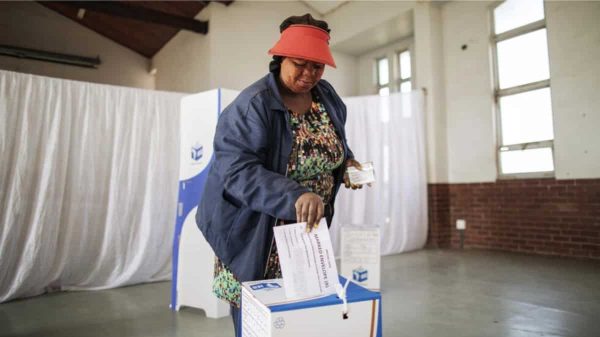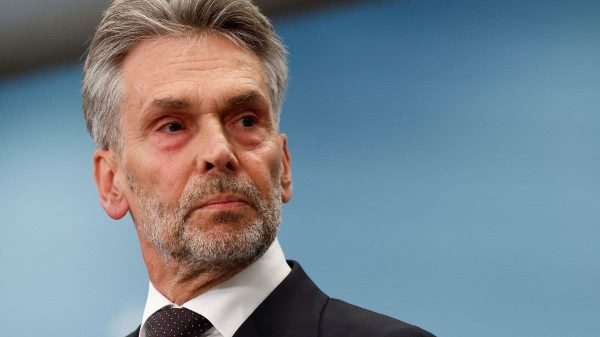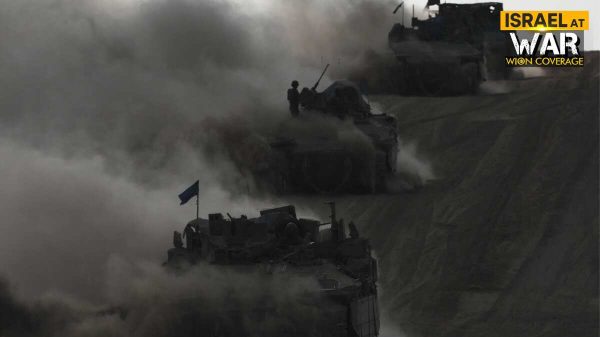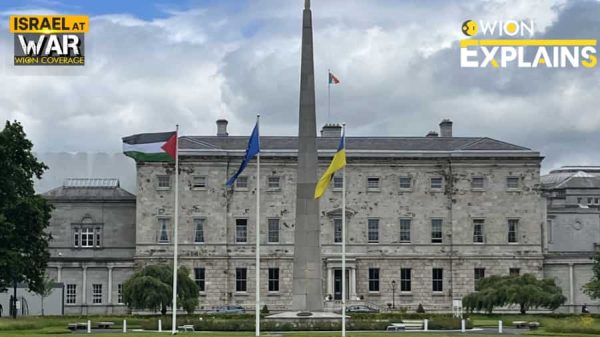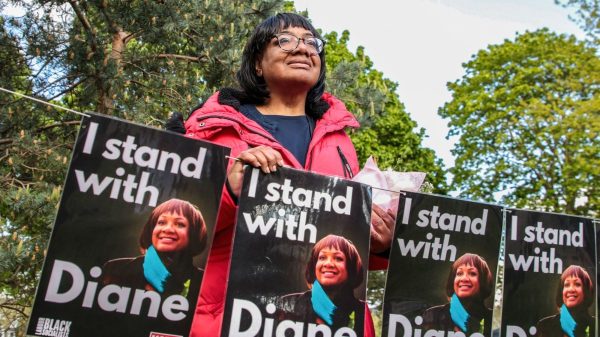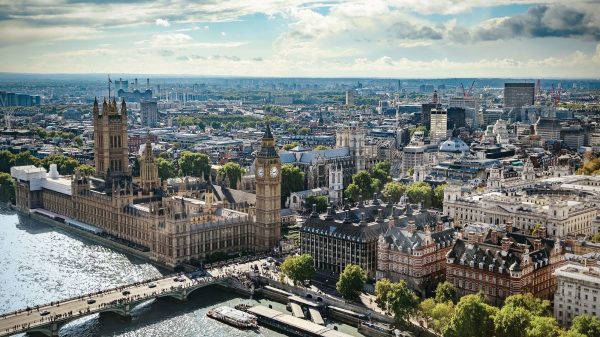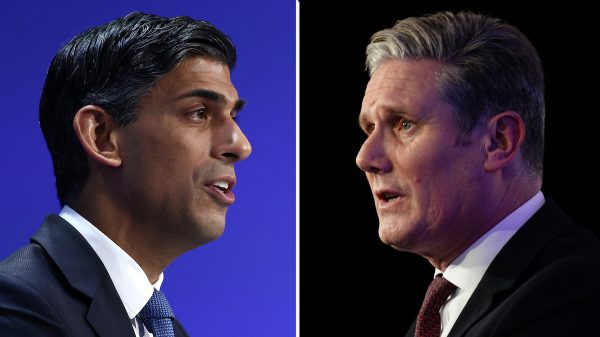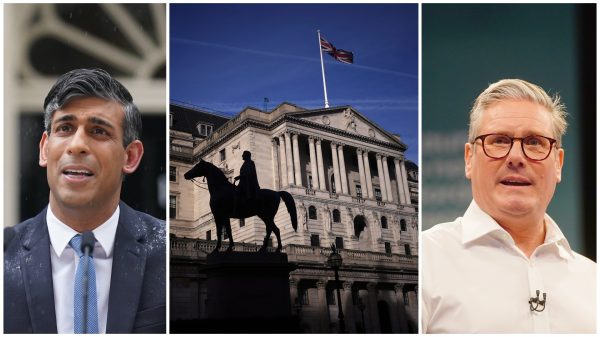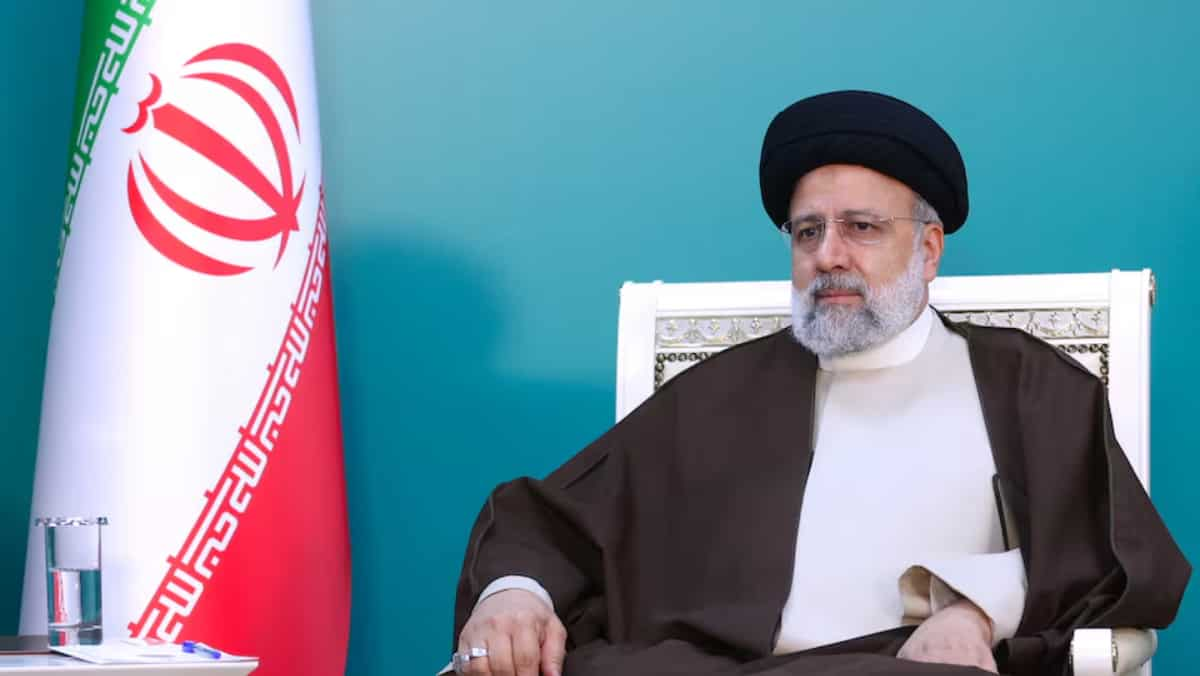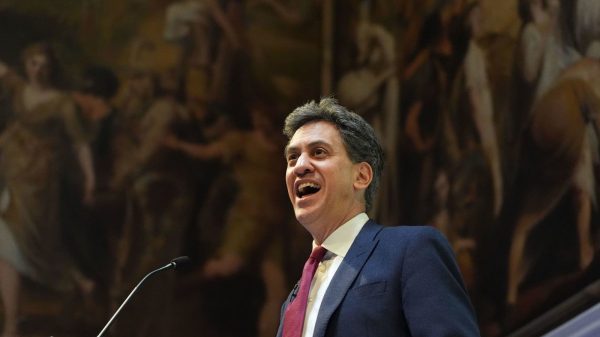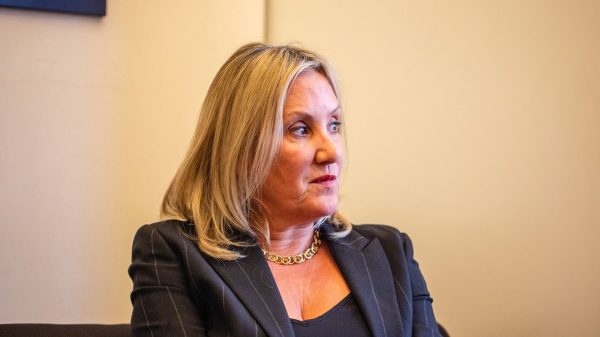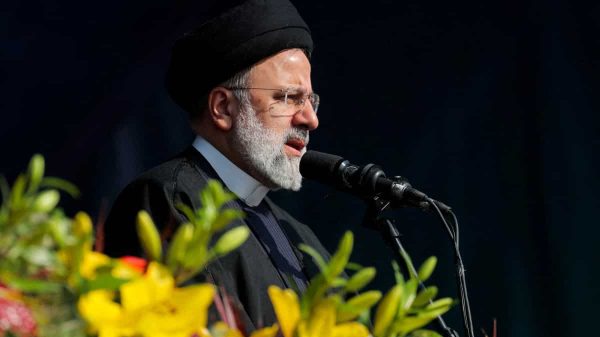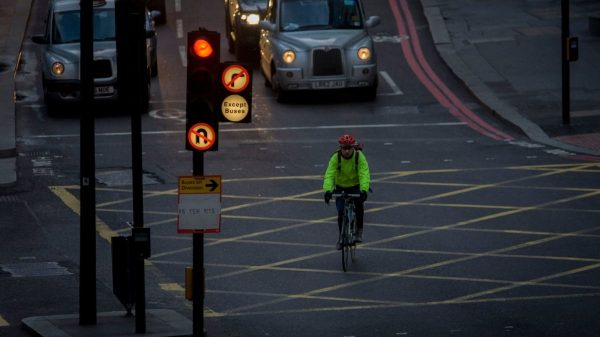Understanding the Iranian President Succession Plan
What happens if an Iranian President dies in office? The death of an Iranian president raises questions about the country’s leadership succession and the impact on its regime. Let’s explore the process and key figures involved in such a scenario.
The Role of Ebrahim Raisi in Iranian Politics
Ebrahim Raisi, a prominent figure in Iranian politics, is considered a potential successor to Supreme Leader Ali Khamenei. With a background as a cleric and former chief justice, Raisi is well-positioned to ascend the regime’s hierarchy in the event of a vacancy in the presidency.
Constitutional Provisions for Presidential Succession
According to Article 131 of the Iranian constitution, in the event of the death of the president, the first vice president assumes the role of acting president. However, this transition requires confirmation from the Supreme Leader, who holds ultimate authority in state matters.
Mohammad Mokhber, a close ally of Supreme Leader Ali Khamenei, currently serves as the vice president, potentially playing a crucial role in the succession process.
Organizing a New Presidential Election
Following the appointment of the acting president, a council comprising the first vice president, the speaker of parliament, and the head of the judiciary is tasked with organizing a new presidential election within a maximum of 50 days. This process aims to ensure continuity in the country’s leadership.
President Raisi’s Term and Policy Implementation
President Raisi, elected in 2021, is expected to serve until the next scheduled elections in 2025. Despite changes in leadership, the core policies of the Islamic Republic are likely to remain consistent, as the president is primarily an “implementer” of policies rather than a “decision-maker,” according to experts.

